/https://storage.googleapis.com/s3-autonomous-upgrade-3/static/upload/images/new_post/choose-correct-desk-legs-height-2669-1629709172554.jpg)
Standard Desk Legs Height: How to Choose Correctly?
Table of Contents
When setting up a home office or workspace, getting the dimensions right is critical. One of the often-overlooked aspects of desk design is the desk legs height. Whether you’re building a desk from scratch or buying a ready-made option, desk legs height can significantly affect your workspace’s functionality, comfort, and aesthetics.
While selecting desk legs height, it's helpful to consider the overall layout of your workspace. For instance, understanding the typical home office size or small office dimensions can ensure that your desk fits seamlessly into your room. Additionally, knowing the ideal desk depth helps you optimize both comfort and available space.
This guide will take you through how to choose the ideal desk legs height for your needs and provide an overview of standard desk heights for different types of tables and desks. Let’s ensure your workspace is not just stylish but also ergonomic and efficient.
1. How to Choose Desk Legs Height
This might be the first time you hear of it, but choosing the right table legs and height is crucial, whether it's a DIY project or purchasing a ready-made desk. Many factors depend on the choice of table legs. For instance, the weight your table can carry, the comfort level while using it, the final look, versatility, and durability in the long run.
It is also true that when it comes to table legs, no size fits all; hence, here are some factors you can consider that will help you make the right choice for desk legs height.
1.1. Style
The style of your desk can influence the required desk legs height. For instance, sleek, minimalist desks often pair well with thinner, shorter legs that complement their streamlined design. On the other hand, robust, industrial desks or executive workstations may require thicker, taller legs to provide the necessary support and visual impact. If you’re considering a corner setup, the standard L-shaped desk dimensions can guide you in selecting legs that enhance both style and functionality.
For taller individuals or users seeking versatility, a tall standing desk is an excellent option, combining style with adjustability. Similarly, for professional spaces, understanding executive desk size ensures you choose a design that aligns with your workspace’s aesthetic and ergonomic needs.
Visualizing your desk’s final look and function is key to deciding on the perfect leg style and height. This balance ensures your desk is both practical and visually appealing.
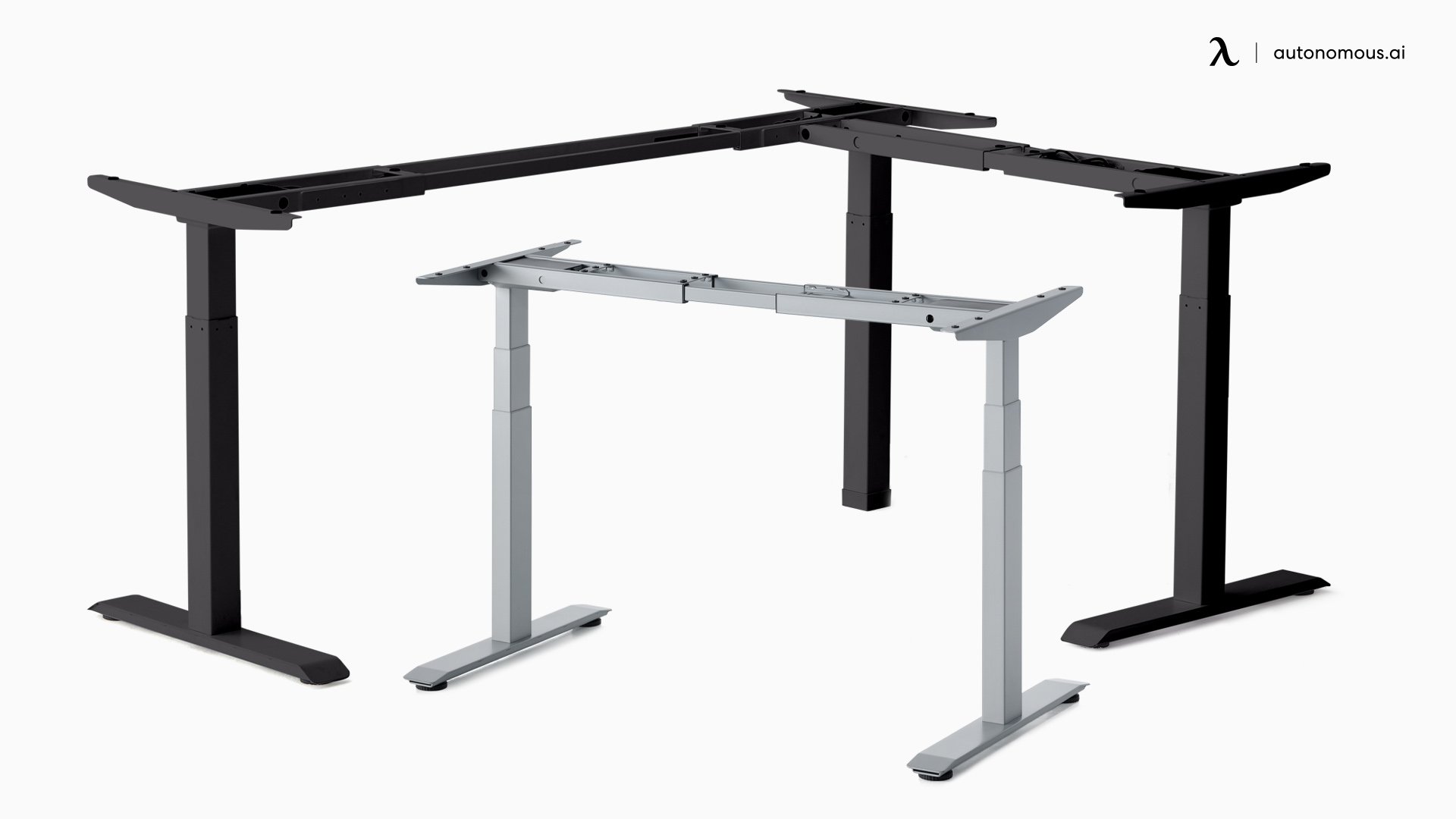
1.2. Height
The height of the desk legs is perhaps the most critical factor. The purpose of the desk largely dictates this:
- Coffee tables: 16” to 18”
- End tables: 24” to 26”
- Standard desks and dining tables: 28” to 30”
- Kitchen counters: 36” to 42”
Keep in mind that the thickness of the tabletop also affects the final height of the desk, so include it in your calculations.
1.3. Leg Thickness
The thickness of the legs should complement the tabletop. Thicker legs are better for heavier tabletops to ensure stability, while thinner legs pair well with lighter surfaces. Balancing these two components enhances the desk’s durability and aesthetics.
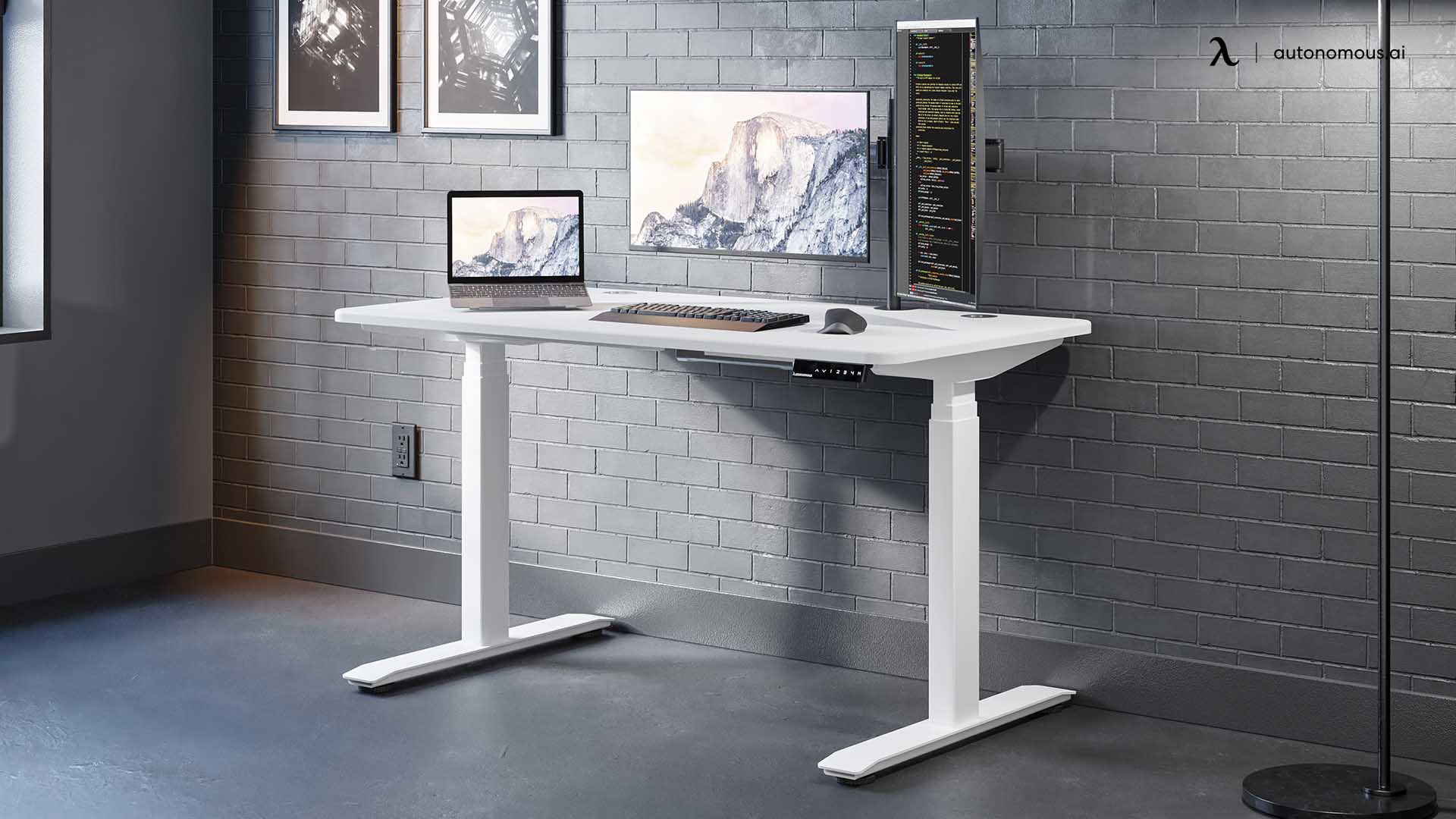
1.4. Chair Height
Whether you use a standard office chair or a tall bar stool, your desk’s legs should provide enough clearance for the chair to slide under easily. An ergonomic setup allows your legs to move freely without feeling cramped. For standing desks, adjustable legs are an excellent solution.
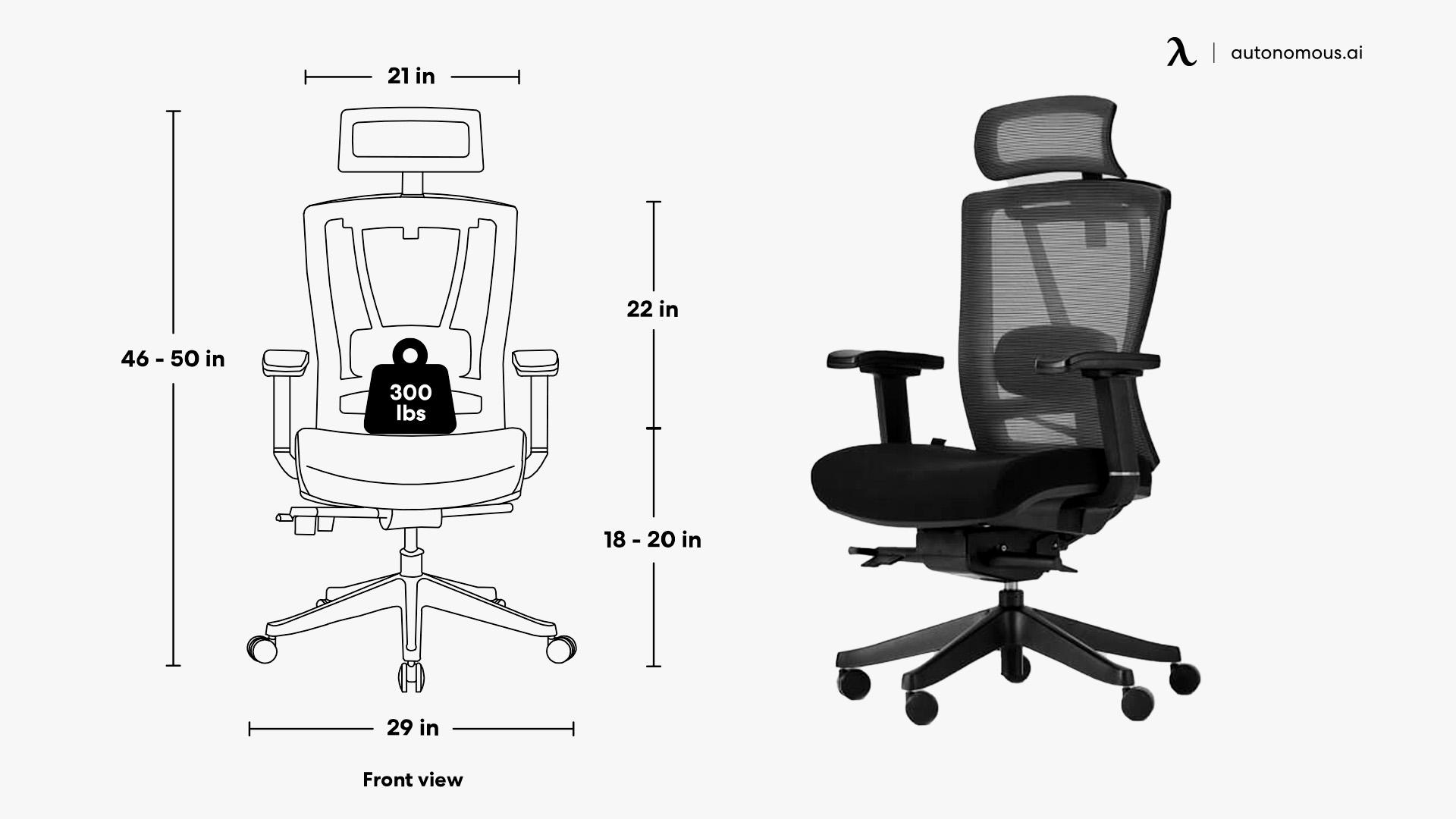
A C-frame standing desk is an excellent choice for this, as its design provides extra legroom and promotes unrestricted movement, making it both ergonomic and practical for long hours of work.
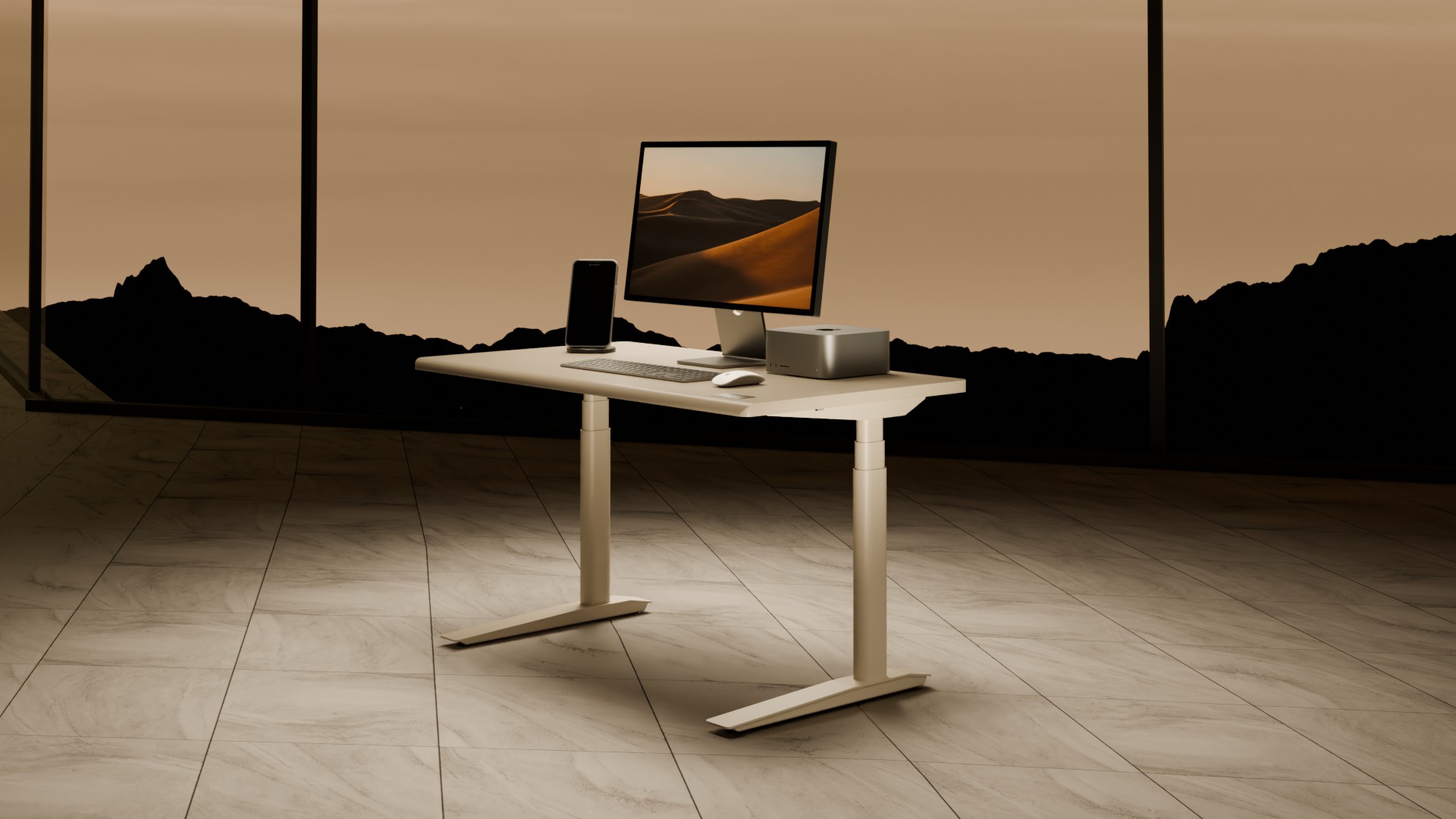
2. Different Types of Desks and Standard Table Leg Height
You must be clear that there is no standard table height globally, even if we are talking about the same kind of table. There are certain factors upon which the standard table legs height can vary. These factors include
- The optimum desk legs height depending on the day to day practical experience
- The average height of table and chair being used in that particular region of the world
- The average height of people of that country
- The standards set by a certain brand name or company
However, different types of office desks also vary in height, making a place more suitable for a diverse group of people. Here are some common everyday and office desks with their standard heights so you can get an idea before making a decision.
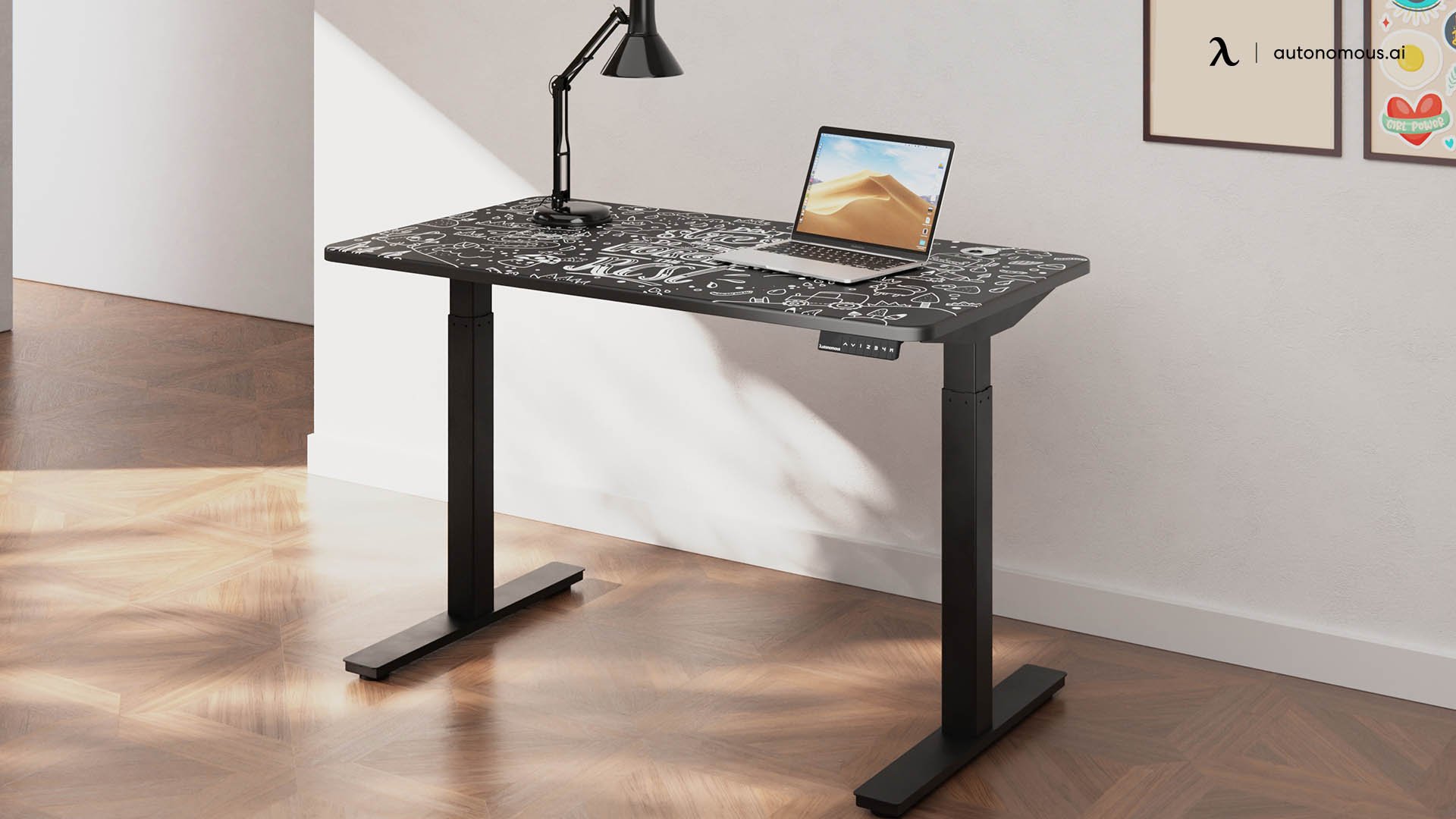
2.1. Standing Desk
Standing desks are designed to promote better posture and reduce the risks associated with prolonged sitting. Their height is a critical feature, often adjustable to cater to different users.
- Adjustable Range: Most standing desks have legs that can adjust between 21" and 56". This range covers a variety of user heights, making them versatile for shared workspaces.
- Ergonomics: The ideal standing desk height allows your elbows to rest at a 90-degree angle while typing, with your screen at eye level.
- Types: There are manual crank systems and electric motorized desks, like the SmartDesk DIY, which offers smooth adjustments.
- Special Considerations: For taller individuals, standing desks with an extended height range or desk risers can ensure proper ergonomics.
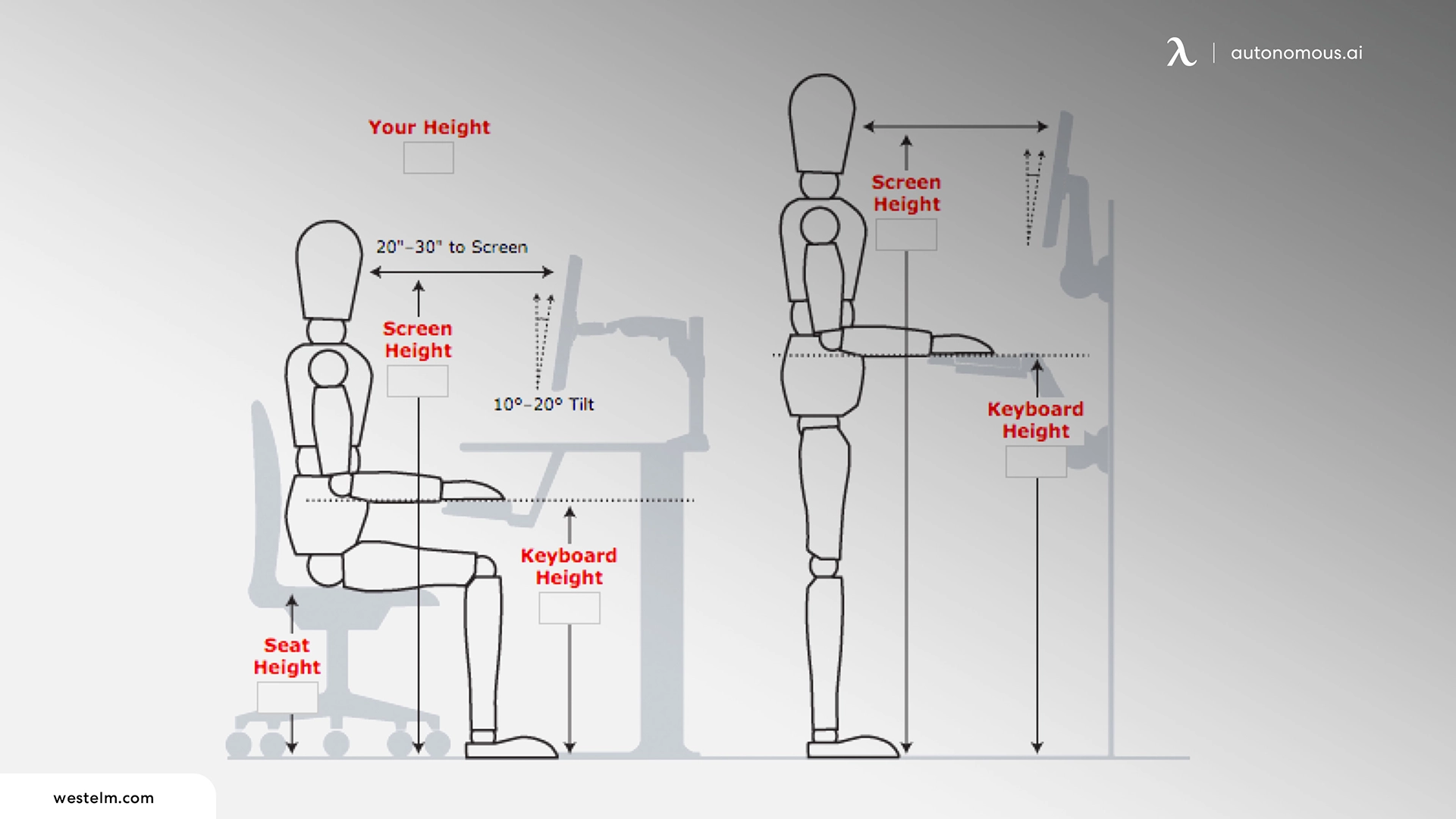
2.2. Counter Desk
Counter desks are multifunctional and ideal for casual or compact workspaces, often doubling as a kitchen counter or dining area.
- Height: The standard height for counter desks is around 37", suitable for use with counter-height chairs or stools.
- Use Cases: Popular in home offices set up in kitchens or dining areas, especially for multitasking during remote work.
- Design Tips: Ensure the desk provides adequate knee clearance and space to rest your feet on a support bar for comfort.
- Pro Tip: If using a kitchen counter as a desk, consider adding a monitor stand or a keyboard tray for better ergonomics.
2.3. Office Desk
The traditional office desk is the most commonly used desk type, designed to accommodate both work and organization needs.
- Height: Standard desk legs height ranges between 28" and 30", making them suitable for most office chairs and average-height users.
- Ergonomics: Ensure the desk allows enough room for your knees and that the desktop surface positions your monitor at eye level to prevent neck strain.
- Storage Options: Many office desks include built-in storage like drawers or shelves, so ensure the leg design supports these additions without compromising stability.
- Customization: Adjustable desks or those with keyboard trays can enhance comfort for longer work hours.

2.4. Dining Tables
Dining tables often double as work desks, especially in multipurpose spaces or smaller homes.
- Height: Similar to office desks, dining tables typically range from 28" to 30" in leg height.
- Functionality: While primarily used for meals, they offer a wide, flat surface that’s ideal for collaborative tasks or temporary work setups.
- Considerations: If using a dining table as a desk, invest in an ergonomic chair with height adjustments to align your body properly with the table surface.
- Aesthetic Matching: Dining tables come in various designs, so choose one that complements both dining and workspace aesthetics.
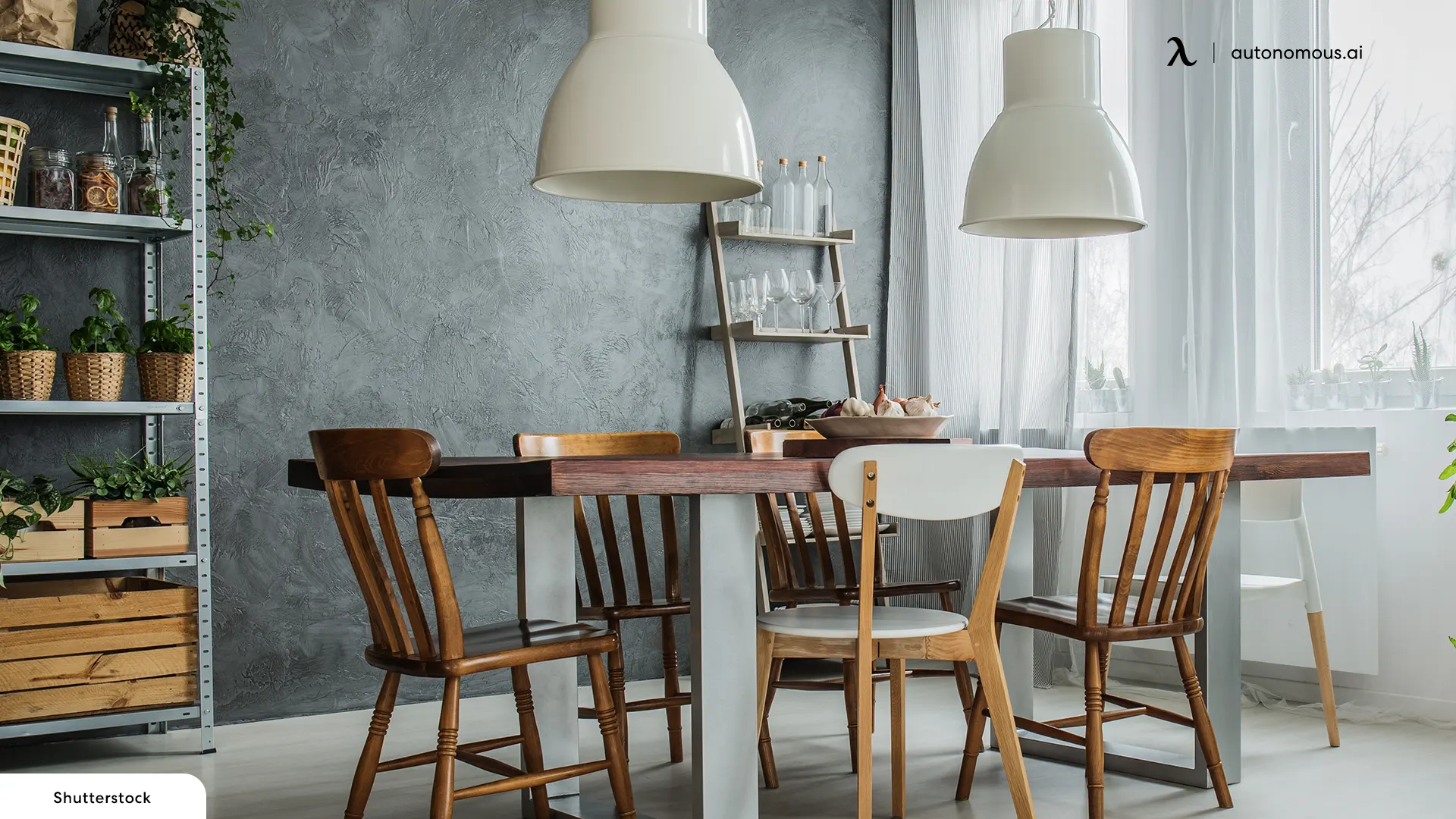
2.5. Bar Tables
Bar tables are taller than standard desks and are designed for informal, social settings or casual work environments.
- Height: Bar table legs typically measure 40" to 43", making them suitable for standing or pairing with bar stools.
- Applications: Commonly found in cafes, bars, and creative workspaces, they’re great for social interaction or dynamic, informal meetings.
- Ergonomics: If used as a workspace, standing users should ensure the table height aligns with their elbows for comfortable typing or writing. For seated users, pair it with a bar-height chair that provides good back support.
- Mobility: Lightweight designs make bar tables easy to move around, allowing flexibility in rearranging spaces.
Conclusion
Desk legs height is more than just a technical detail—it’s a vital element that can make or break the functionality and comfort of your workspace. Whether you’re designing a standing desk, an office workstation, or even a dining table that doubles as a desk, selecting the right height ensures your furniture meets your needs and enhances productivity.
By understanding the standard desk legs height for various desk types, you can create a workspace that’s ergonomic, efficient, and tailored to your style. So, take the time to measure and plan, and you’ll end up with a desk that’s perfect for you.
Stay connected with us!
Subscribe to our weekly updates to stay in the loop about our latest innovations and community news!
Interested in a Link Placement?
.svg)
.svg)


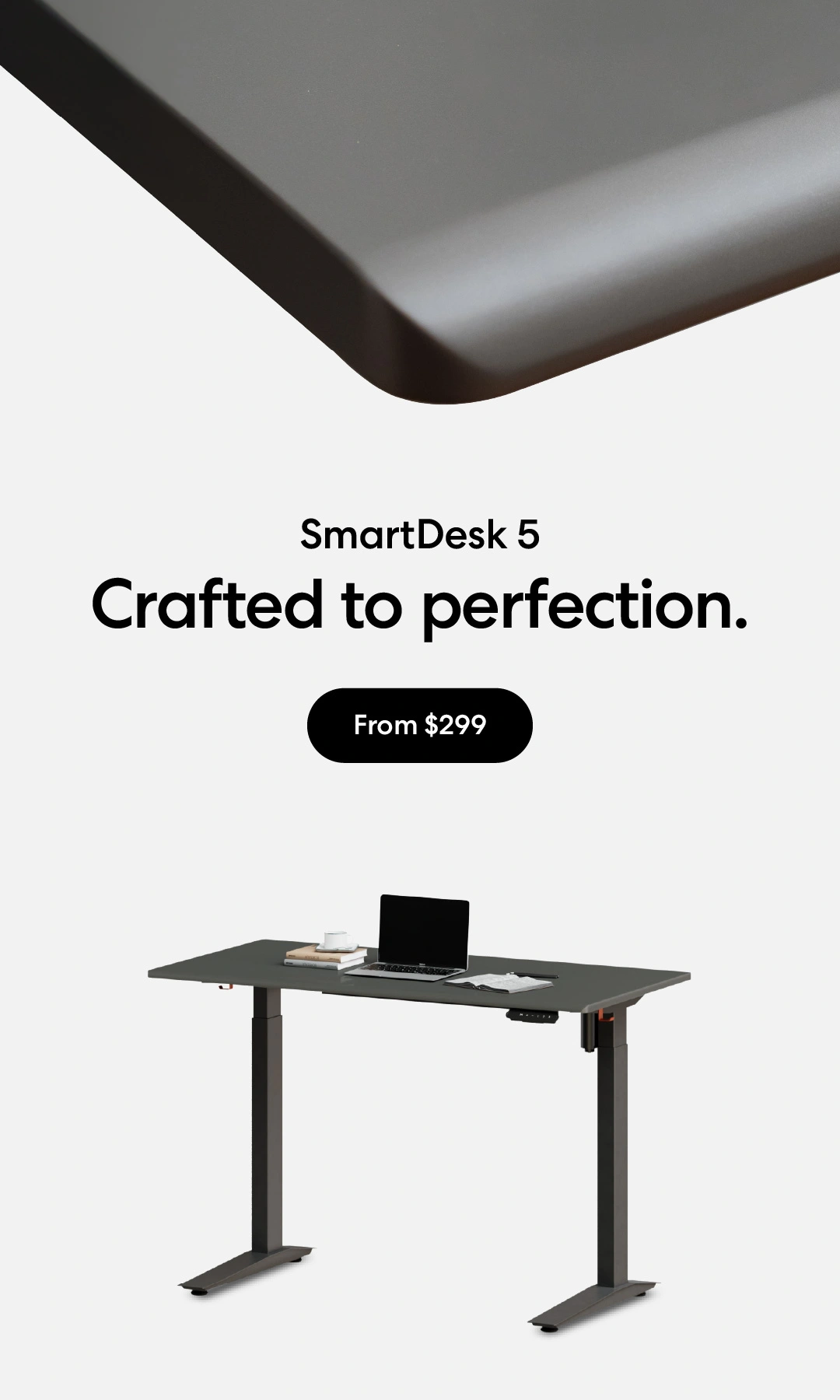
/https://storage.googleapis.com/s3-autonomous-upgrade-3/production/ecm/230914/bulk-order-sep-2023-720x1200-CTA-min.jpg)
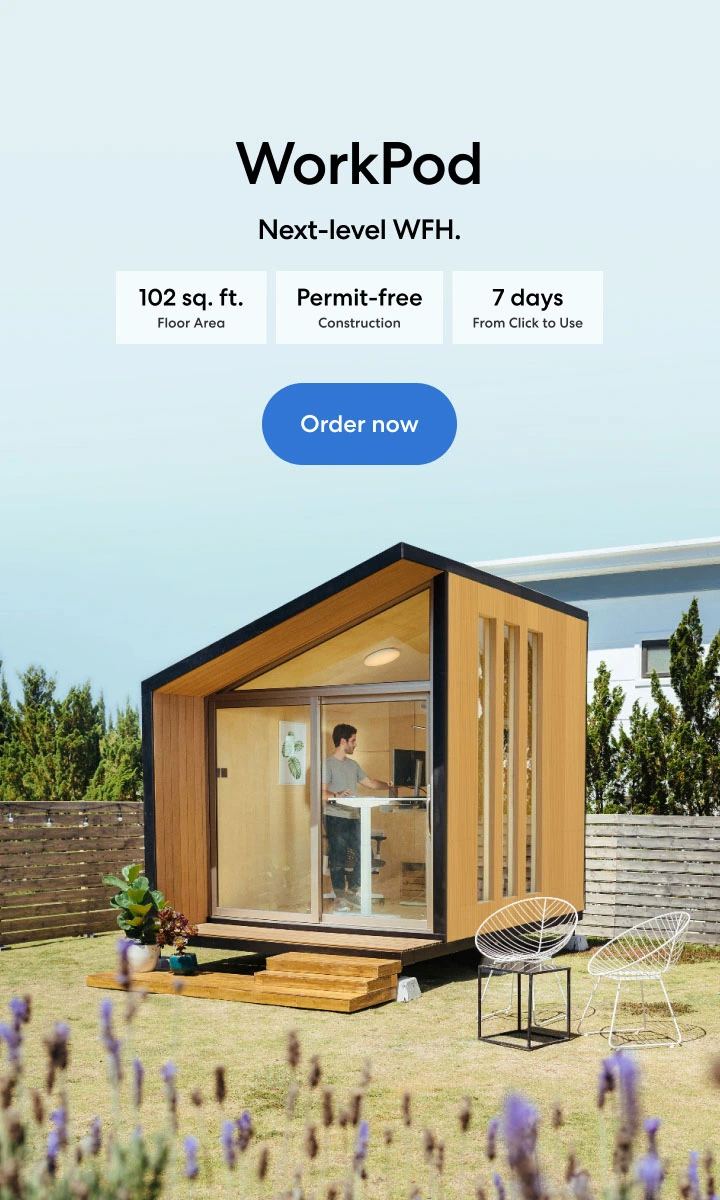
/https://storage.googleapis.com/s3-autonomous-upgrade-3/production/ecm/230824/ryan-37f87ea9-6383-44f2-a31d-bb34f3cea25c.jpg)